Richmond Christmas Bird Count Takes Shape
By Ryan Nakano
When the first Christmas Bird Count (CBC) started back in the early 1900’s, conservationists were attempting to square the circle, i.e. tackle a seemingly insurmountable problem. At the time, hunters carried out the Christmas “side hunt” and bird populations were noticeably dropping at an alarming rate. In response, conservationists counted birds on Christmas, kicking off a tradition that is now in its official 121st year of existence.
This year, Golden Gate Bird Alliance is squaring its own circle with the addition of a new Christmas Bird Count in Richmond, CA. The initial problem being, the circle itself.
According to the National Audubon Society, who oversees the CBC’s led by local Audubon volunteers, each count must cover a unique 15 mile in diameter circle. Each circle can’t overlap another circle.
 Map of the Richmond CBC Count Circle
Map of the Richmond CBC Count Circle
This technicality of shape and size, made it impossible to capture the Richmond area for an official count, as already established count circles from Oakland, Benicia and South Marin rule out the region.
Is this what early conservationists had in mind when they pitched the holiday tradition over 100 years ago? Maybe. Maybe not.
Regardless, Golden Gate Bird Alliance decided it was high time to address this underserved region abundant with birdlife and bird lovers alike, expanding the most important circle of all, our ever-growing birding community.
“I live in West Contra Costa County and I bird here. I know it’s rich with birds,” Karyn Noel, Richmond CBC co-compiler said. “Having this count is important for bringing more visibility to birds and birding across West County.”
Even National Audubon, which denied requests to legitimize the Richmond CBC, recognizes the North Richmond Wetlands to be an important bird habitat and site for birding, calling Point Pinole Shoreline and Wildcat Regional Marsh “tremendous natural resources for the surrounding urban neighborhoods”. It also identifies both Brooks Island and Eastshore Wetlands to be prime birding sites as well.
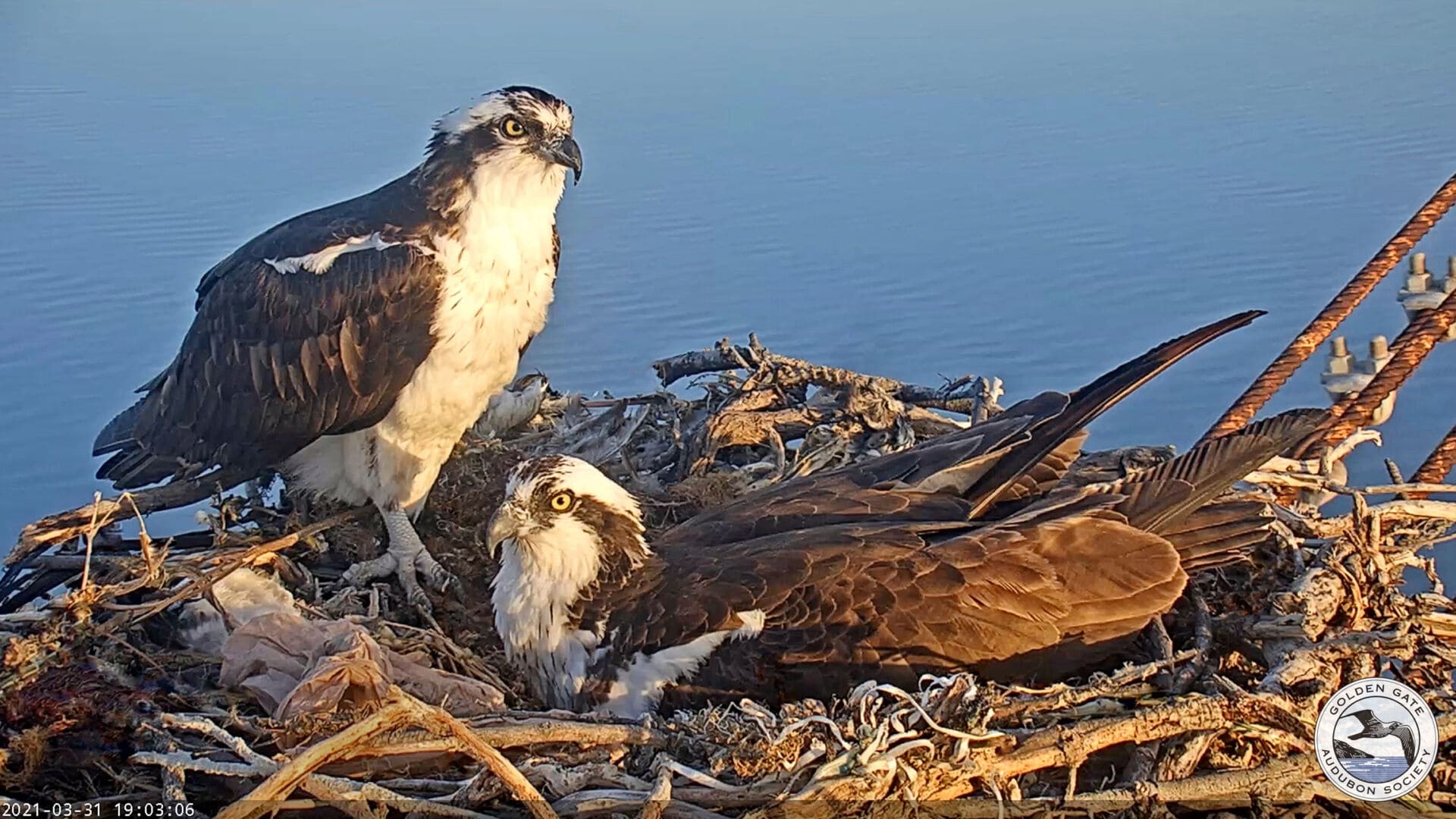 Ospreys, Rosie and Richmond spotted by the Golden Gate Bird Alliance Nest Cam on the Richmond shoreline.
Ospreys, Rosie and Richmond spotted by the Golden Gate Bird Alliance Nest Cam on the Richmond shoreline.
To honor these important habitats and prioritize community involvement with this new Richmond CBC, co-compilers Karyn Noel and Derek Heins have been busy finding local count leaders, defining zones between the Carquinez bridge and El Cerrito, and conducting outreach to Richmond based community groups.
“What we’re really trying to do here is run a CBC plus have it be one of the most diverse bird counts in terms of who the birders are by age, gender, ethnicity.…


 GGBA’s own Clay Anderson kicked the chalk art program off with a magnificent Peregrine Falcon, inspired by the falcon pair that nest on the UC Campanile.
GGBA’s own Clay Anderson kicked the chalk art program off with a magnificent Peregrine Falcon, inspired by the falcon pair that nest on the UC Campanile.
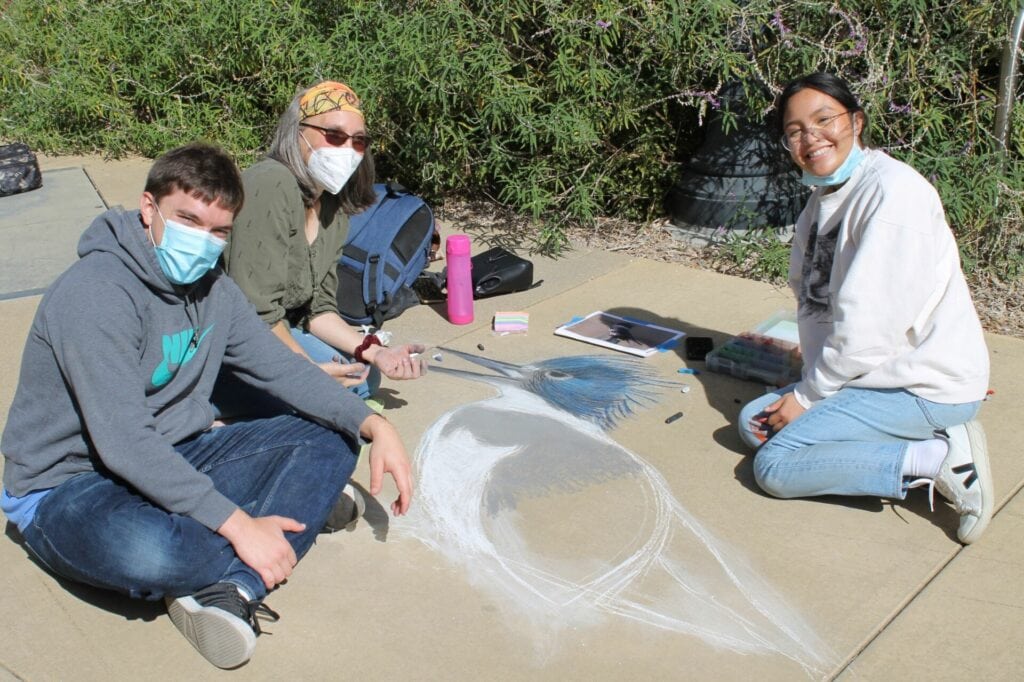
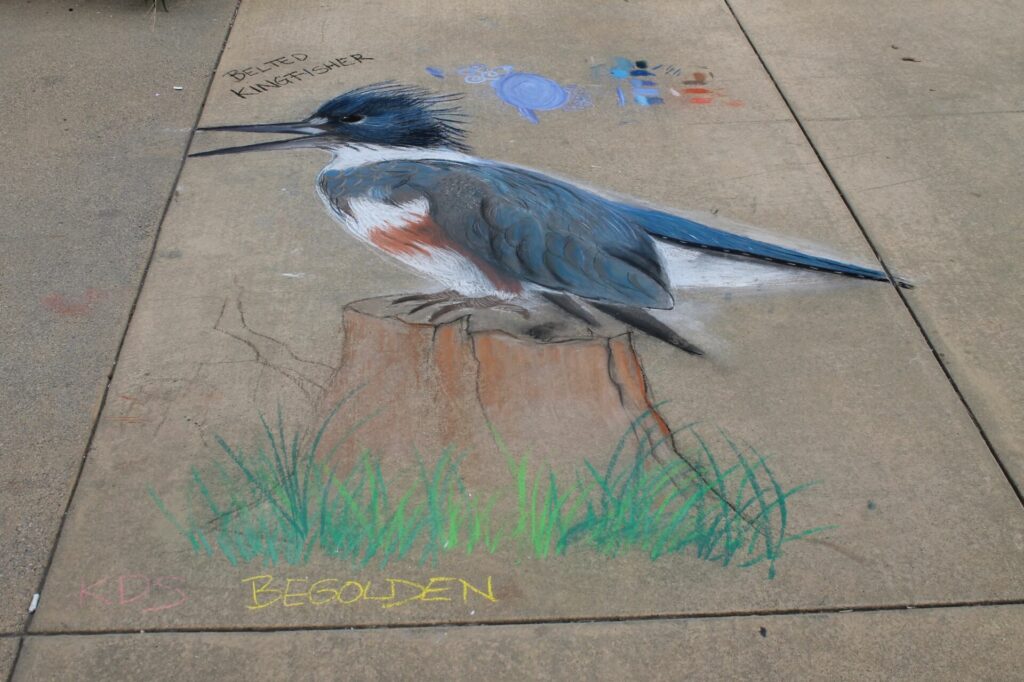
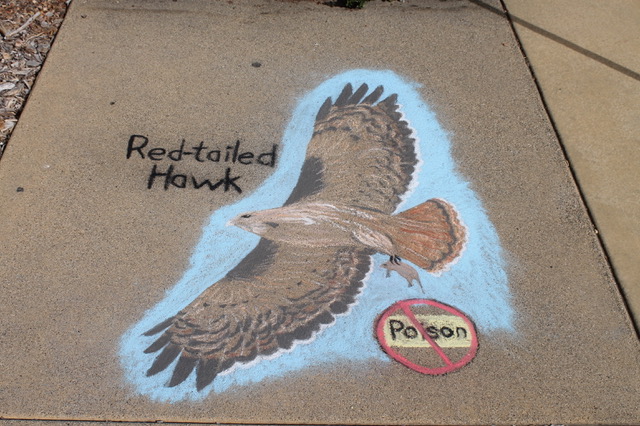 Red-tailed Hawk with a message: Don’t use rodenticides!
Red-tailed Hawk with a message: Don’t use rodenticides!
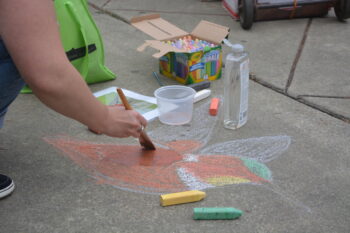
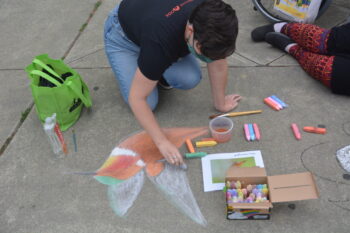
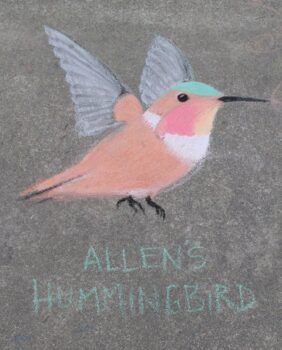
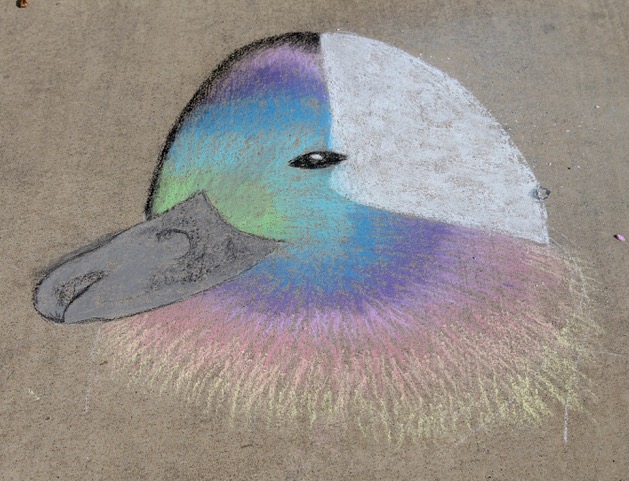 Bufflehead by GGBA board member Amy Chong. She managed to capture its iridescence!
Bufflehead by GGBA board member Amy Chong. She managed to capture its iridescence!
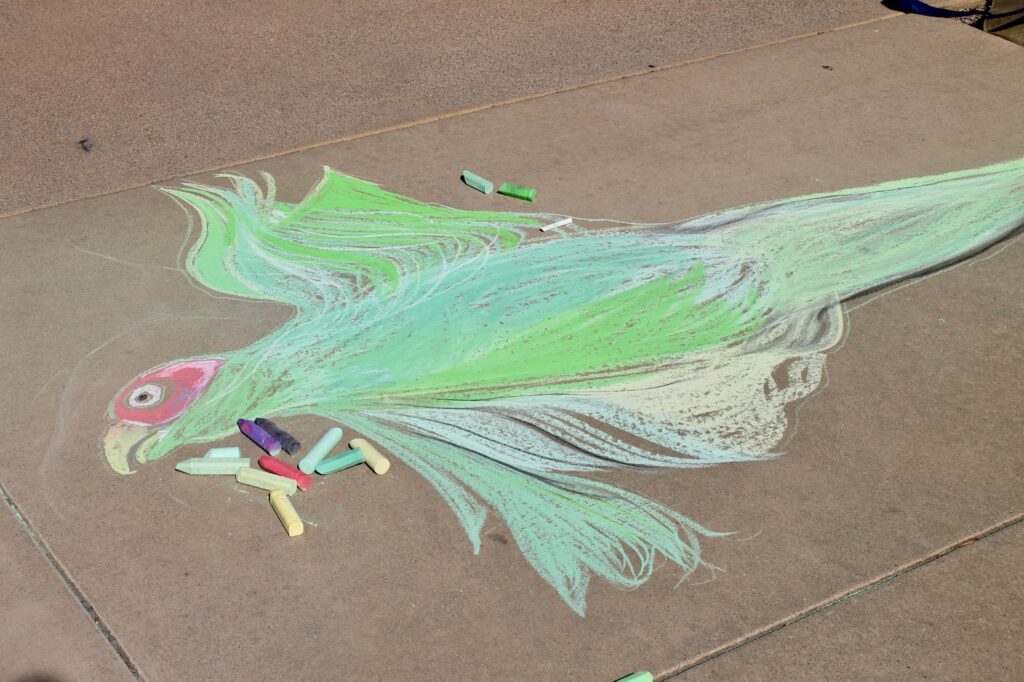 A “wild parrot of Telegraph Hill”
A “wild parrot of Telegraph Hill”
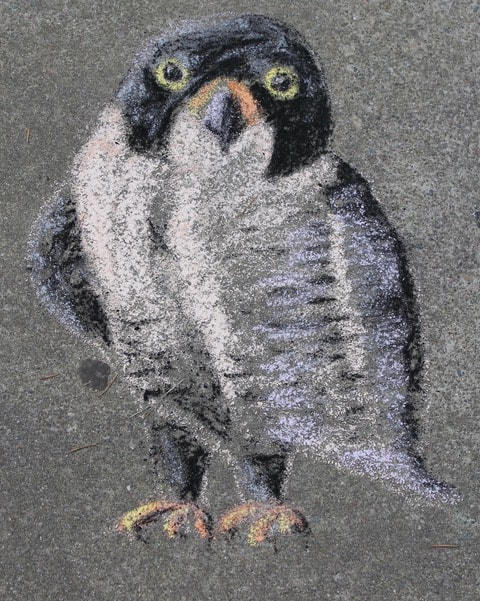 Peregrine Falcons were a popular subject!
Peregrine Falcons were a popular subject!
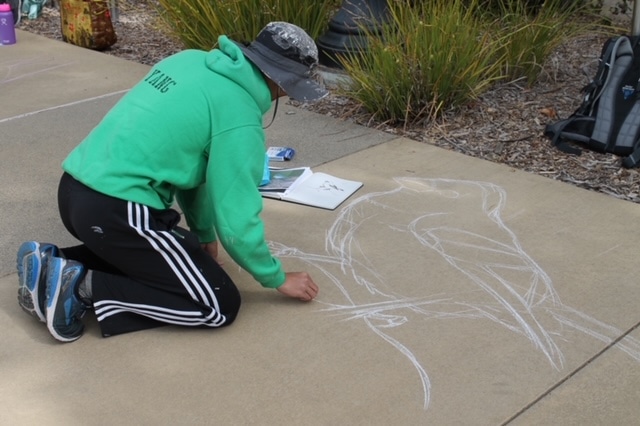
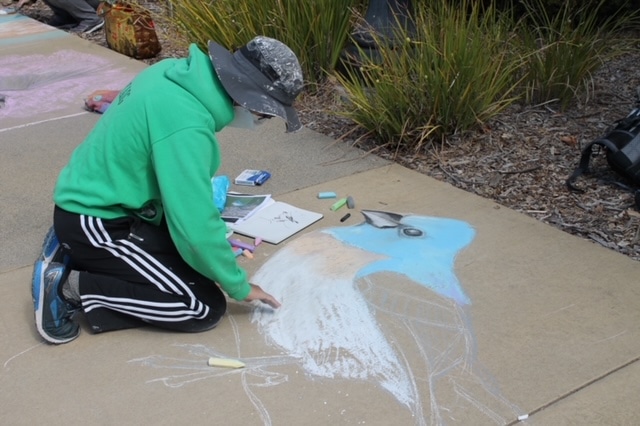
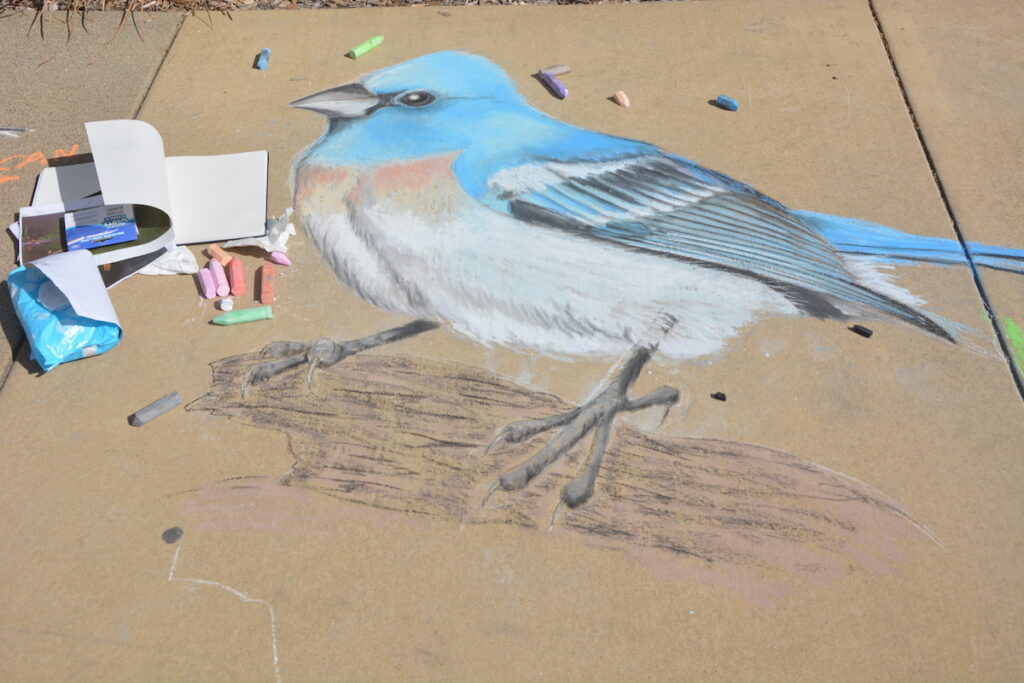 Grant Yang’s finished Lazuli Bunting
Grant Yang’s finished Lazuli Bunting
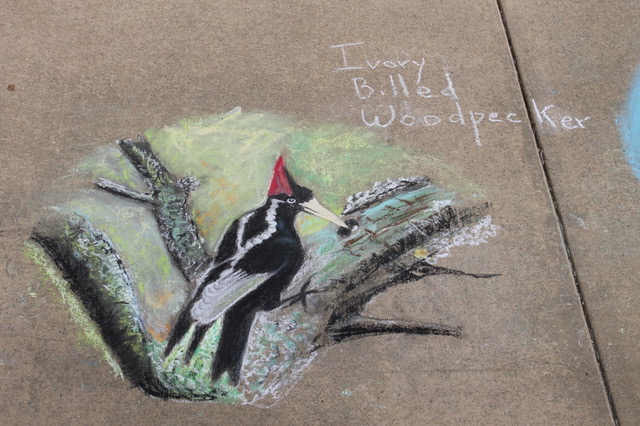 An Ivory-billed Woodpecker -— extinct in nature but alive on the UC sidewalk — by Brenda Helm
An Ivory-billed Woodpecker -— extinct in nature but alive on the UC sidewalk — by Brenda Helm
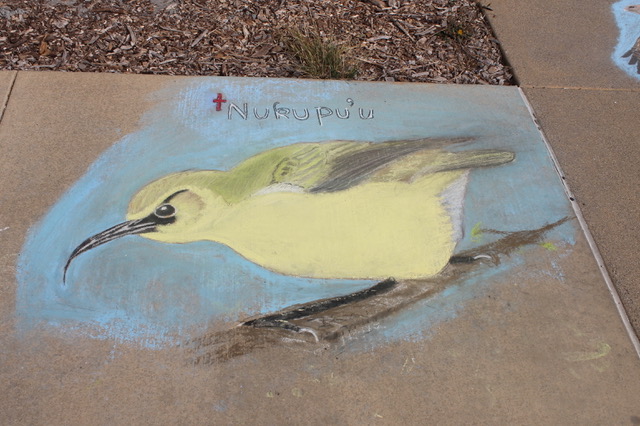 Nukupu’u, a Hawaiian honeycreeper that is most likely extinct, by Michael Helm
Nukupu’u, a Hawaiian honeycreeper that is most likely extinct, by Michael Helm
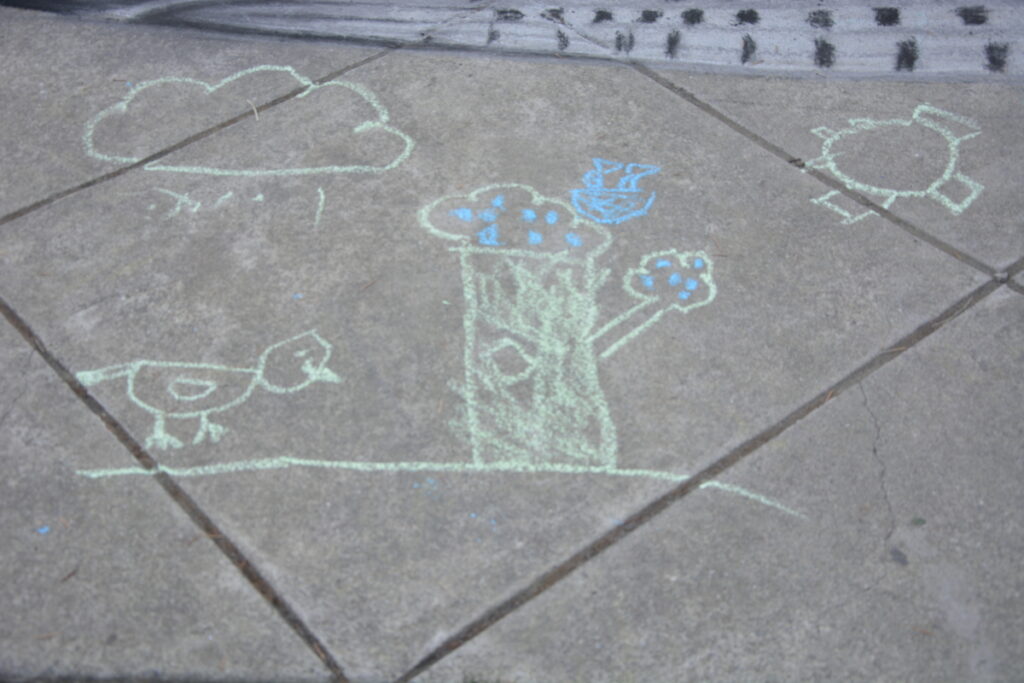 This young artist drew habitat as well as a bird
This young artist drew habitat as well as a bird
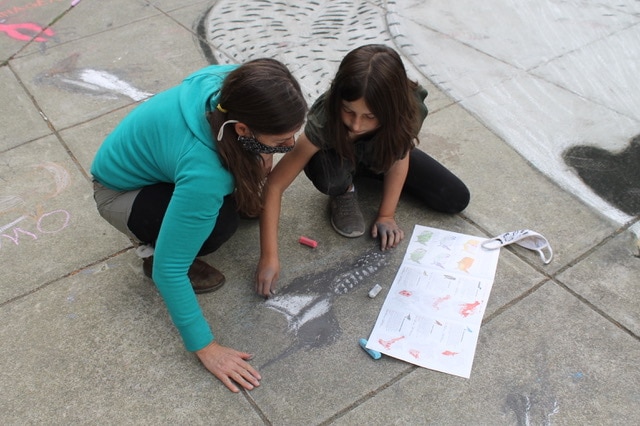

 Bonaparte’s Gull chalk art
Bonaparte’s Gull chalk art
 Peacock!
Peacock!
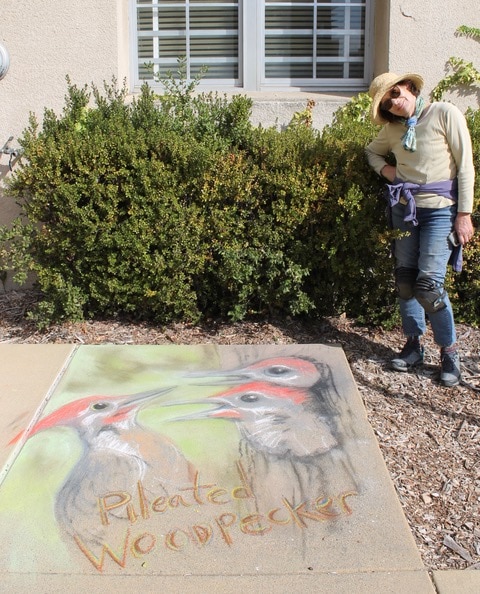 Pileated Woodpecker and chicks
Pileated Woodpecker and chicks
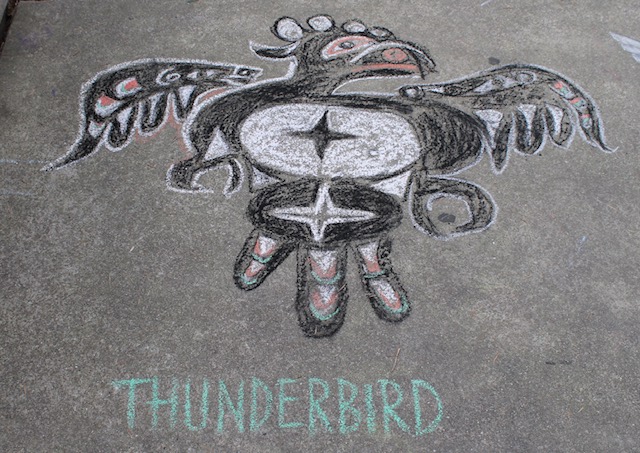 Native American-style Thunderbird
Native American-style Thunderbird
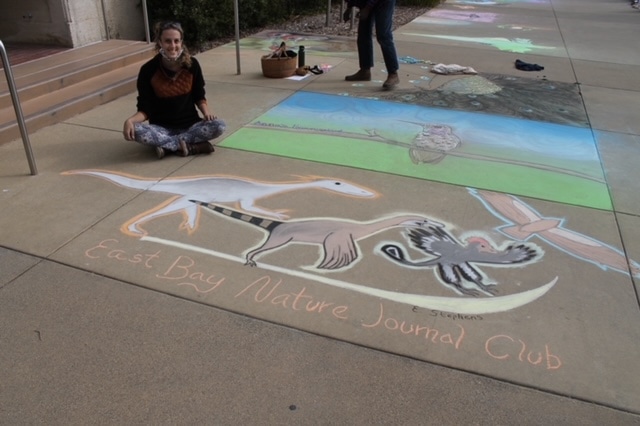 This artist depicted the evolution of birds from other dinosaurs
This artist depicted the evolution of birds from other dinosaurs
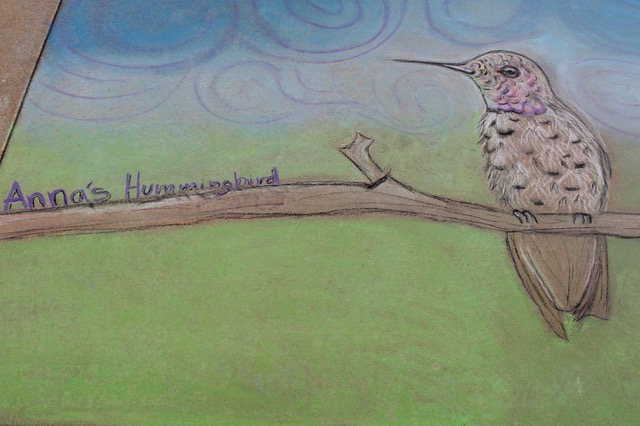 A much larger-than-life hummingbird
A much larger-than-life hummingbird
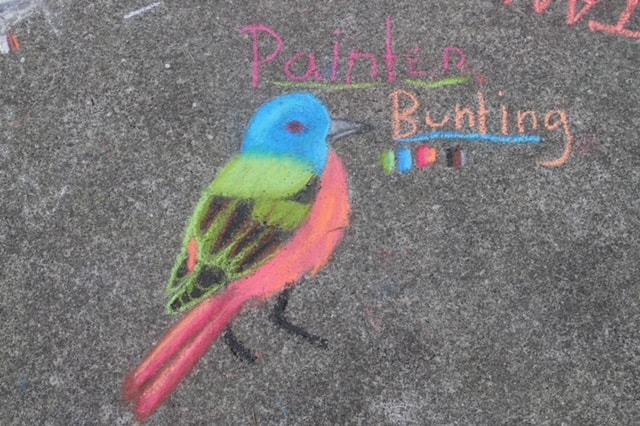 Painted Bunting
Painted Bunting

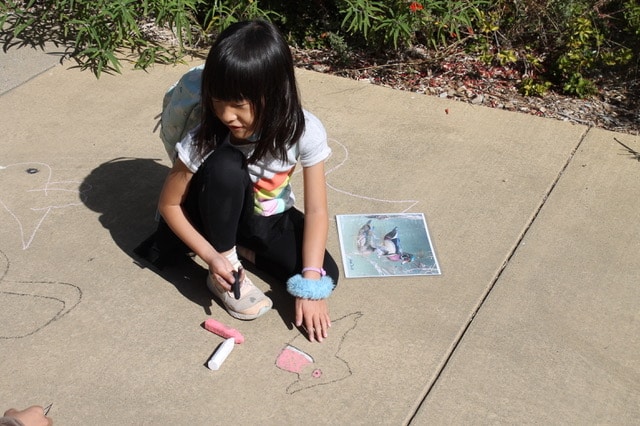
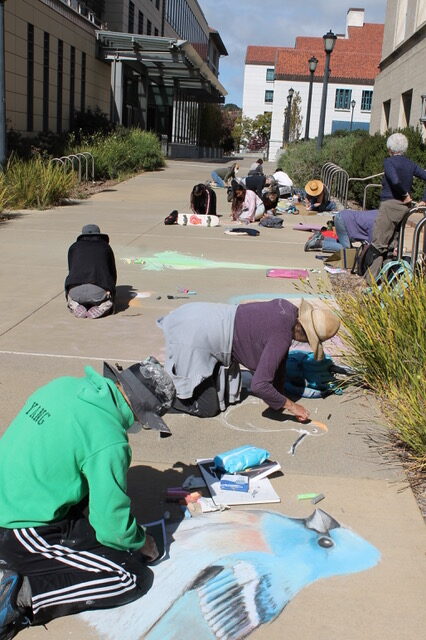 Artists spread out, making the whole walkway their canvas
Artists spread out, making the whole walkway their canvas
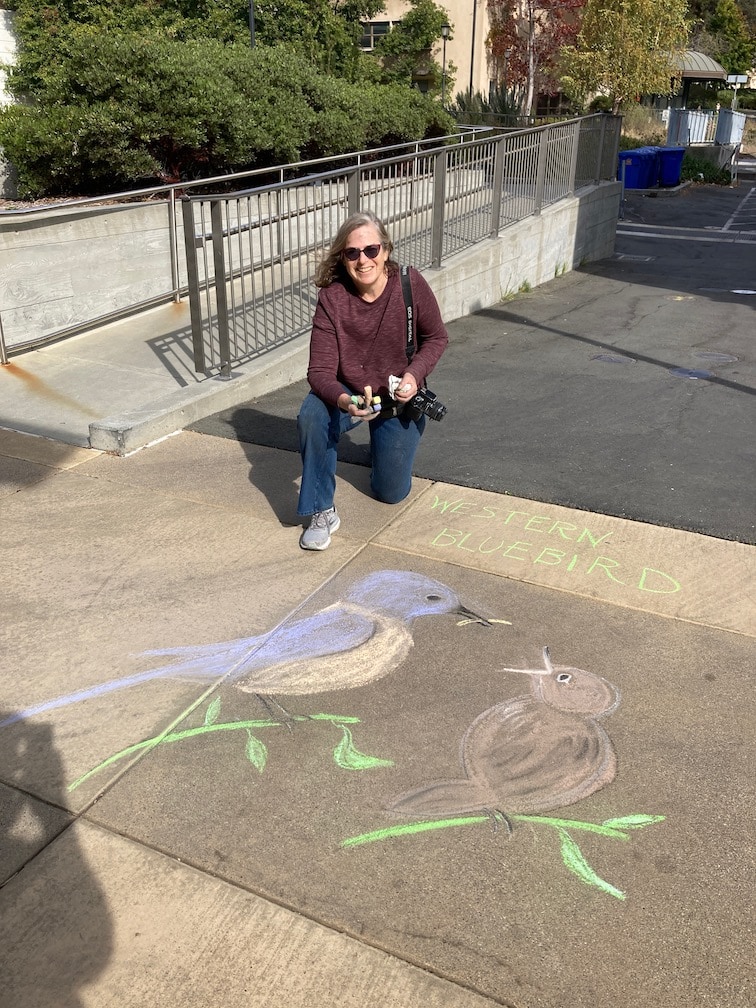 The author, one of those “me? I can’t draw” people, with her Western Bluebirds
The author, one of those “me? I can’t draw” people, with her Western Bluebirds
 At the end of the day, time to clean up. Thank you, Clay and all the participants! There were many more beautiful chalk birds than we could fit in this blog post.
At the end of the day, time to clean up. Thank you, Clay and all the participants! There were many more beautiful chalk birds than we could fit in this blog post.
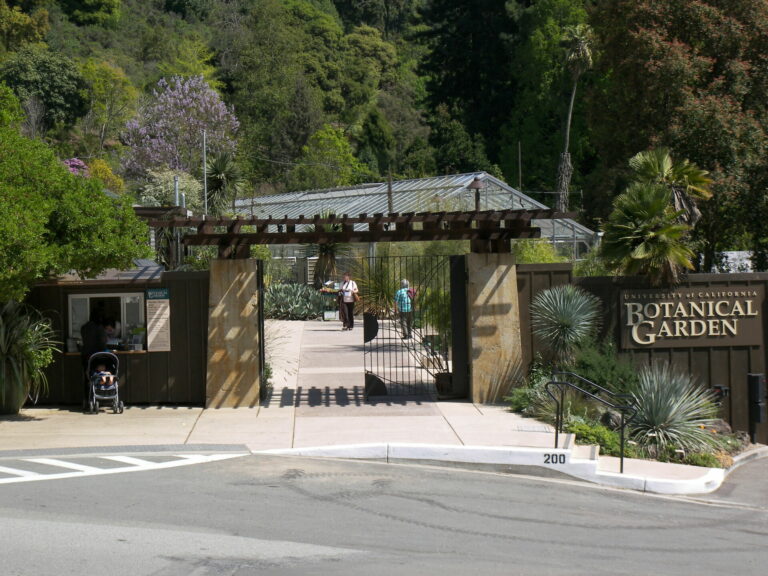
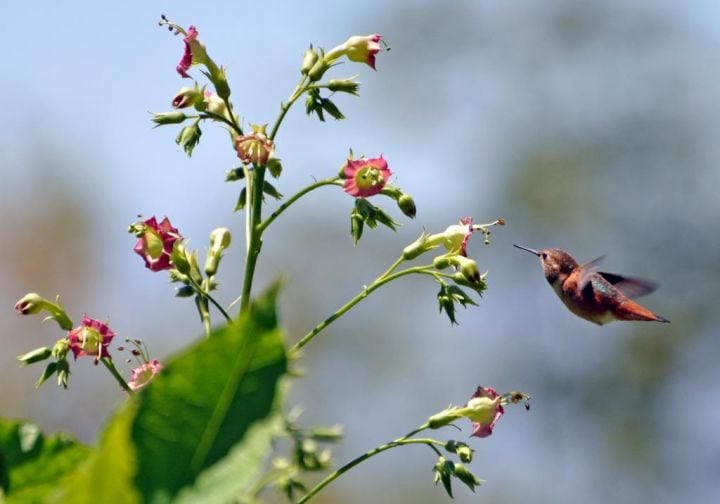 Allen’s Hummingbird feeding on Nicotiana sp. in the South American Area at UCBG by Melanie Hofmann
Allen’s Hummingbird feeding on Nicotiana sp. in the South American Area at UCBG by Melanie Hofmann

 Burrowing Owl behind a fence
Burrowing Owl behind a fence

 Lake Merritt Docents educating the public on the local birdlife
Lake Merritt Docents educating the public on the local birdlife
 A Canvasback floating in shallow water
A Canvasback floating in shallow water
 Hilary Powers outside of the Geodesic Bird Dome with a group at Lake Merritt
Hilary Powers outside of the Geodesic Bird Dome with a group at Lake Merritt